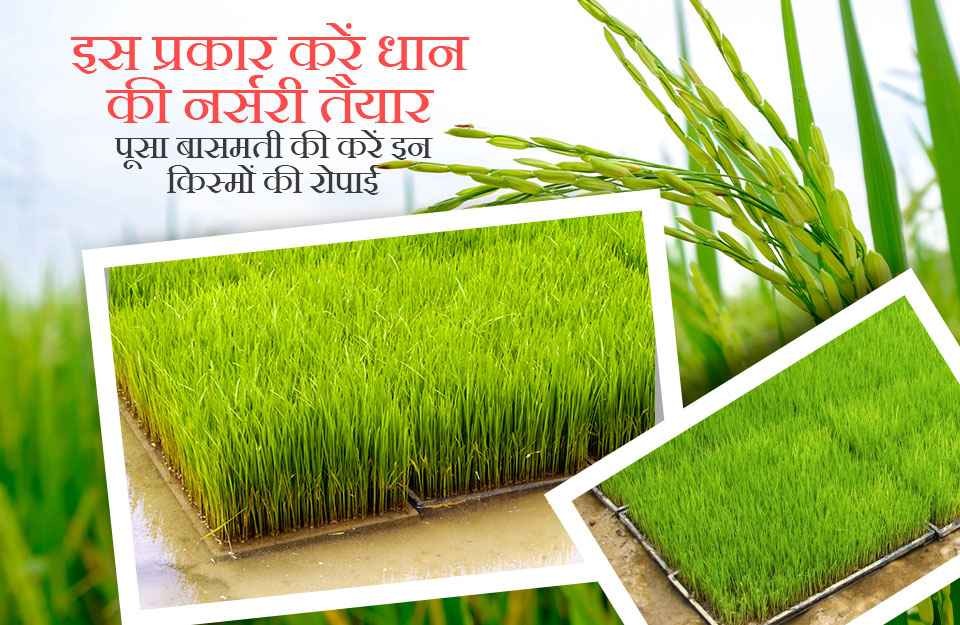
With the onset of monsoon in many states across India, farmers have started preparing for the cultivation of paddy and other Kharif or Zaid crops. This period is ideal for those planning to grow paddy or establish paddy nurseries. The Indian Agricultural Research Institute in New Delhi (Pusa) has recommended that farmers in Delhi and nearby areas begin preparing their paddy nurseries now.
According to the Pusa Institute, this is the optimal time for setting up paddy nurseries in Delhi and its surrounding regions. The institute has also provided guidelines for planting moong, urad, and arhar during the Kharif season.
The institute advises that for transplanting paddy in one hectare, seedlings should be prepared in an area of about 800-1000 square meters. To set up the nursery beds, create beds that are 1.5 meters wide and as long as needed. Before sowing, treat the seeds with a solution made of 10-12 grams of Bavistin and 1 gram of Streptocycline mixed in 10 liters of water for every 5 kilograms of seed. Soak the seeds in this solution for 10-15 hours. After soaking, drain the seeds and cover them in a shaded area, ensuring they are lightly sprinkled with water. Once the seeds have germinated, scatter them in the nursery bed.
Agricultural scientists recommend cultivating high-yield Pusa Basmati varieties, including Pusa Basmati 1509, Pusa Basmati 1885, Pusa Basmati 1847, Pusa Basmati 1718, Pusa Basmati 1979, Pusa Basmati 1692, Pusa Basmati 1886, Pusa 44, Pusa Basmati 1401, Pusa Sugandh 5, Pant Dhan 4, Pant Dhan 10, and Basmati 370.
Double Profits with Black Paddy Cultivation: For those interested in black rice varieties, Kalabati and Chakhao are well-known popular choices. Additionally, the Uttar Pradesh government is encouraging farmers to produce Kalanamak rice, which is exported overseas. This variety yields higher returns and sells at double the price of other varieties in the market. According to the Agricultural Science Center of the Indian Council of Agricultural Research, the first plowing for paddy cultivation should be done with a soil-turning plow, followed by 2-3 plowings with a cultivator to prepare the field. Strong embankments should be made around the field. Before transplanting, the field should be flooded with water and plowed. While regular paddy rice sells for around 50-60 rupees per kilogram, black rice sells for between 200 and 500 rupees per kilogram. The average production of black rice is about 12-15 quintals per acre.